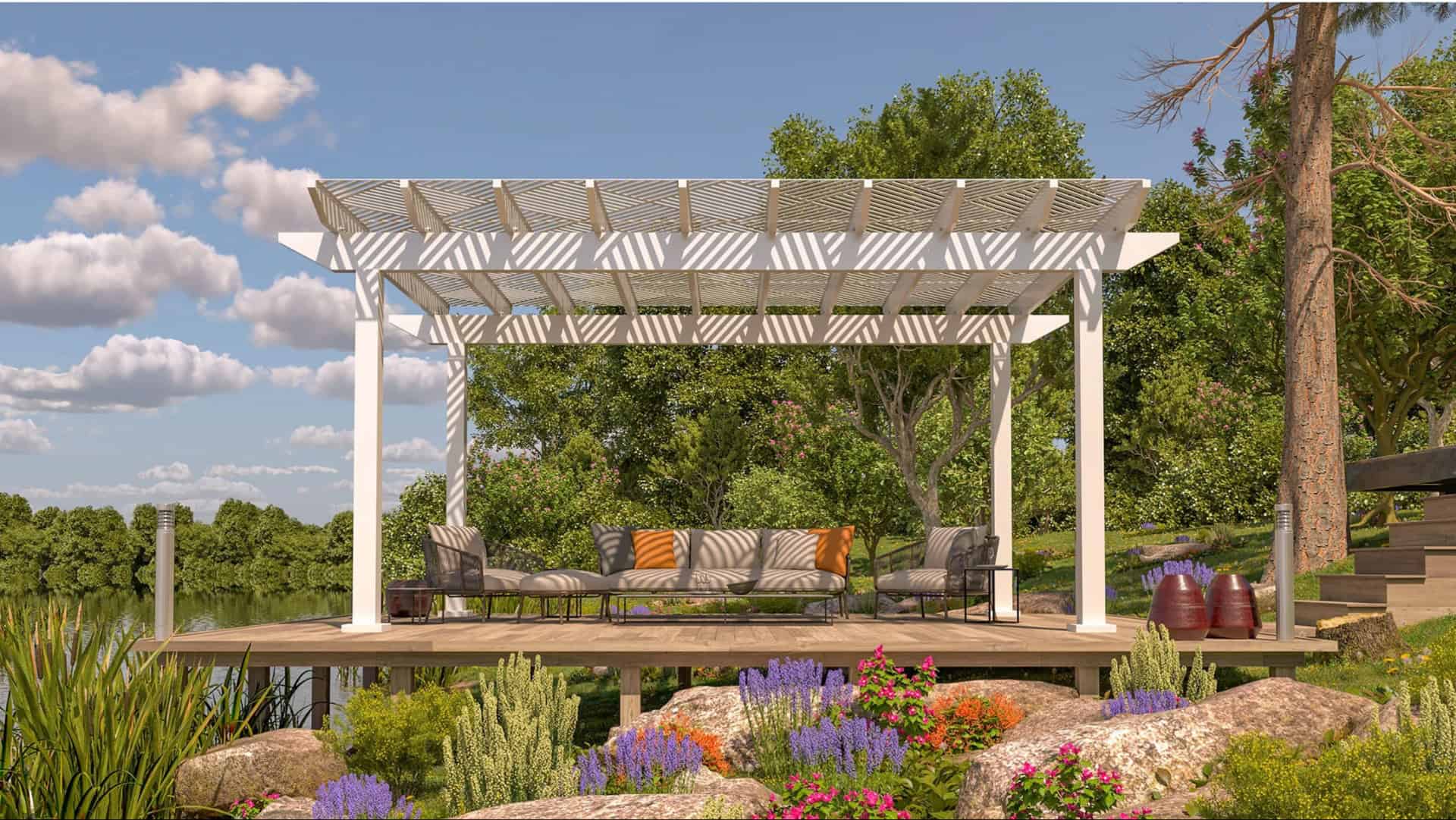Pergolas and gazebos are two popular outdoor structures that can transform your backyard into a beautiful, functional space.
While they might seem similar, there are distinct differences between the two.
Let’s explore the key contrasts in their construction, aesthetics, materials, uses, and more, to help you decide which is the right fit for your outdoor living area.
1. Space Requirements
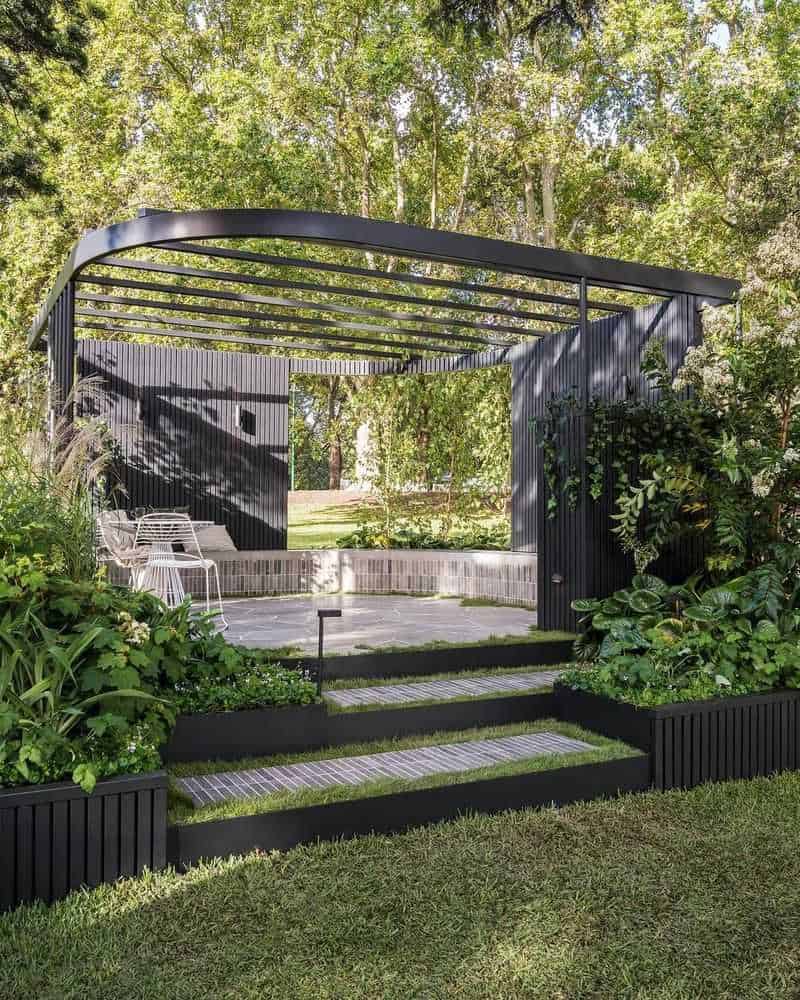
Pergolas are versatile and fit into various spaces, from sprawling gardens to cozy patios.
Gazebos typically need more room due to their enclosed nature.
Depending on your backyard’s size, a pergola might offer more flexibility, while a gazebo provides a prominent, focal feature.
2. Seasonal Use
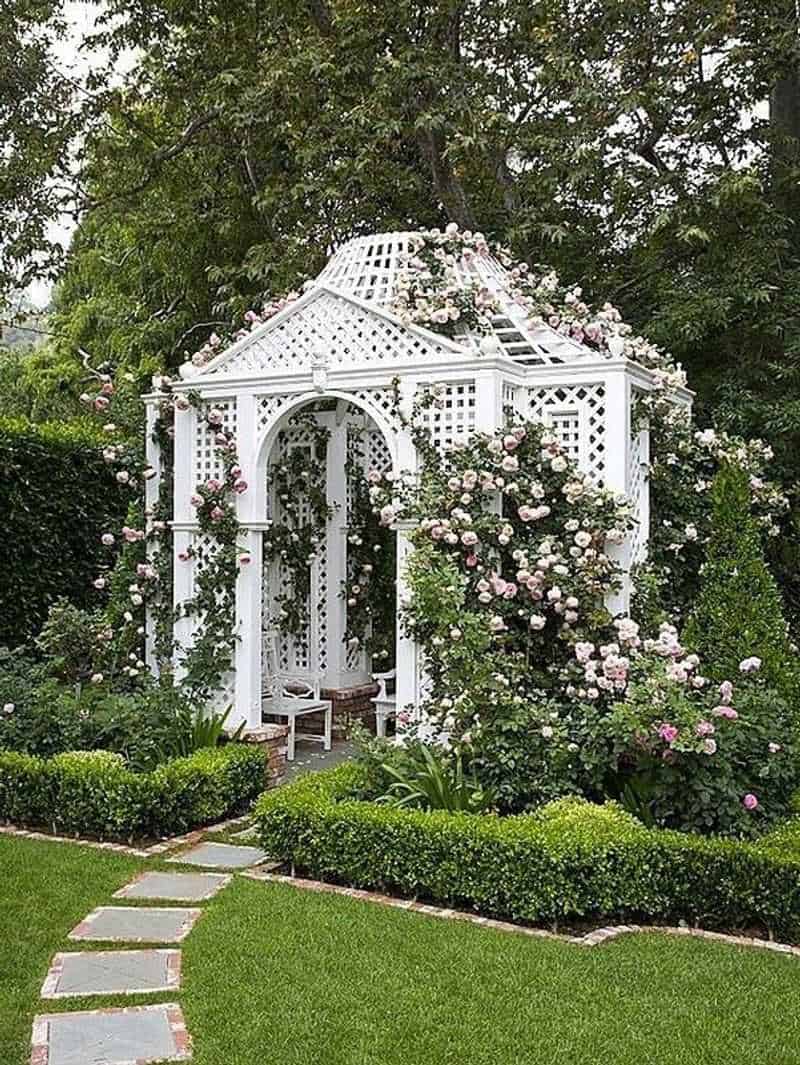
Pergolas are great for enjoying the spring and summer, allowing sunlight to filter through.
In contrast, gazebos offer year-round enjoyment, shielding you from rain and snow.
Choose a pergola if your focus is on sunny days, or opt for a gazebo for consistent use, regardless of season.
3. Structure Design
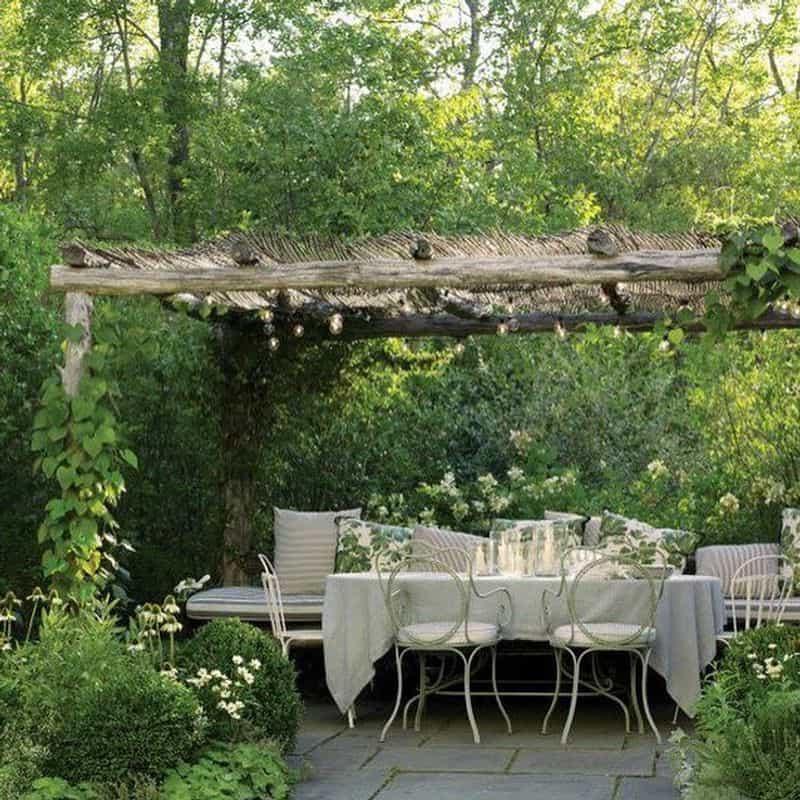
Pergolas are open-air structures with cross-beams and no solid roof, offering partial shade.
Gazebos, conversely, are fully covered, providing complete shelter from weather elements.
This design difference makes pergolas ideal for those who want a sunlit space, while gazebos are perfect for year-round protection, offering a cozy retreat.
4. Installation Complexity
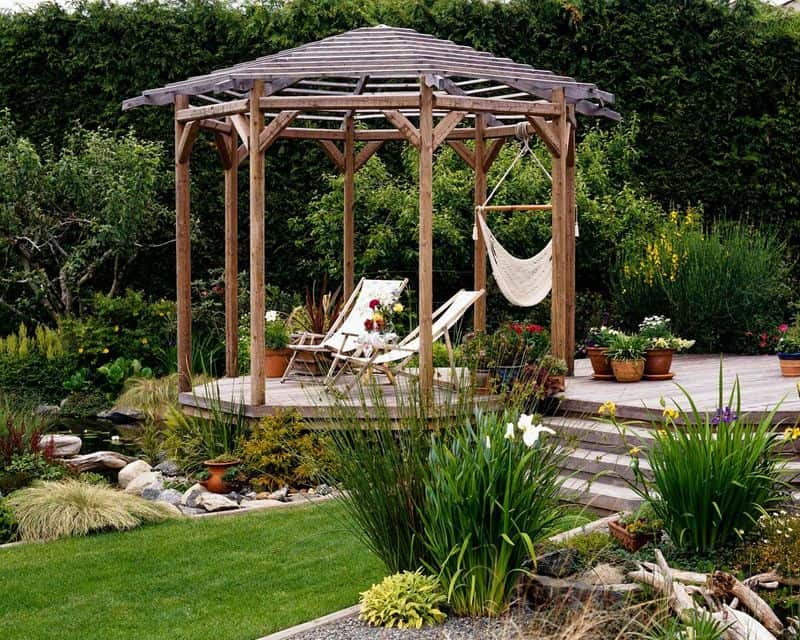
Pergolas are relatively easy to install, often completed in a day with minimal tools.
Gazebos, featuring more complex designs, may require professional assembly.
If you’re a DIY enthusiast, a pergola can be a manageable project, while gazebos might involve a more elaborate installation process.
5. Customization Options
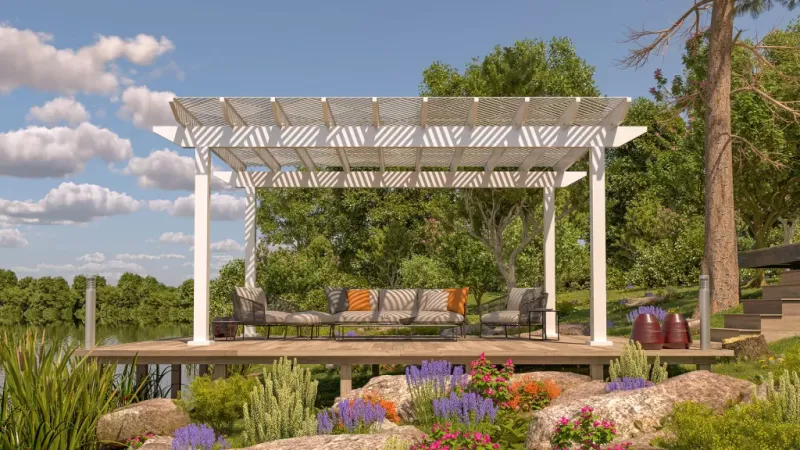
Pergolas are highly customizable with options like climbing plants and lighting.
Gazebos can also be tailored, featuring built-in seating or curtains for privacy.
Both offer opportunities to express personal style, whether through a pergola’s open design or a gazebo’s enclosed space.
6. Material Choices
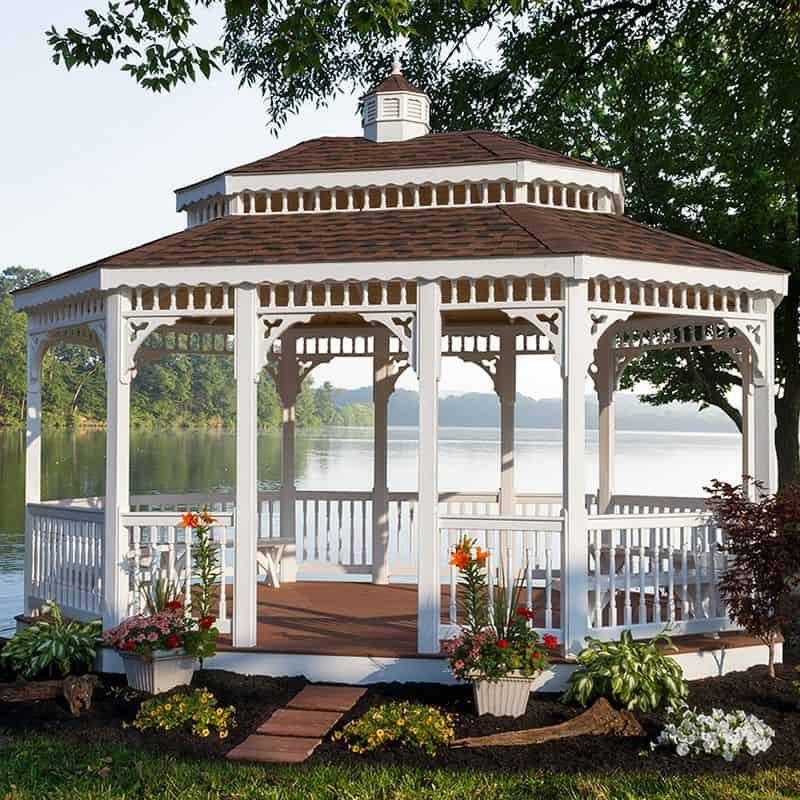
Pergolas often use materials like wood or metal, giving them a rustic charm.
Gazebos, however, can be found in wood, metal, or even vinyl for a modern look.
The choice of material affects the durability and aesthetic, with pergolas offering an organic feel, and gazebos providing a polished, elegant appearance.
7. Aesthetic Appeal
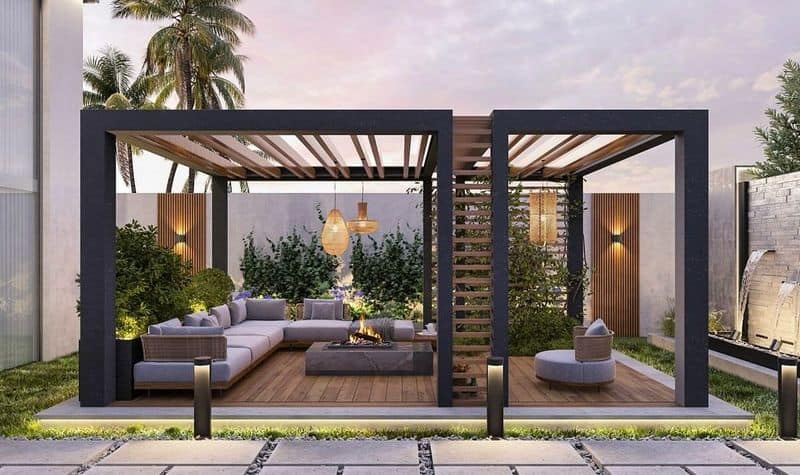
A pergola offers a minimalist, airy look that complements natural landscapes.
On the other hand, gazebos bring a classic, ornate touch, often featuring intricate designs.
Your choice depends on whether you prefer the simple elegance of a pergola or the detailed charm of a gazebo to enhance your garden’s beauty.
8. Functionality
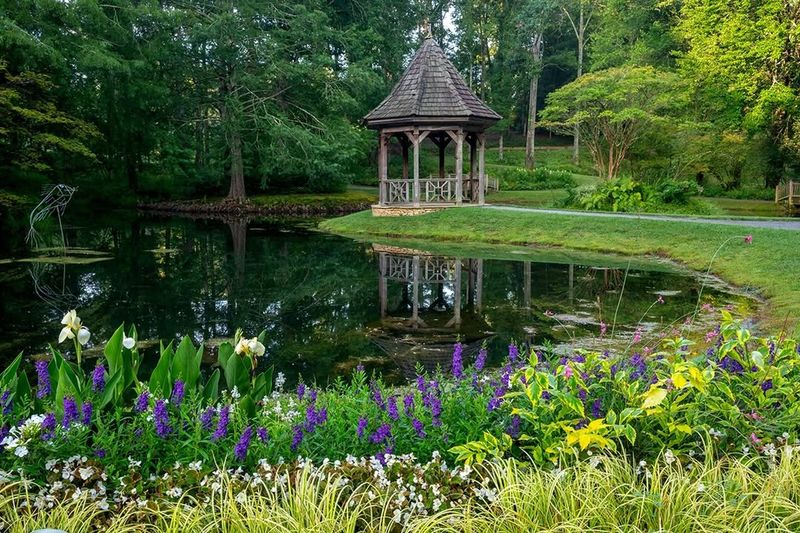
Pergolas create an inviting space for outdoor dining and gatherings, perfect for sun-lovers.
Gazebos offer more protection, making them suitable for all-weather use.
Whether you’re hosting a barbecue or seeking a sheltered reading nook, the functionality of each structure influences how you enjoy your outdoor space.
9. Cost Considerations

Typically, pergolas are less expensive than gazebos due to their simpler structure.
The cost varies based on materials and size, but gazebos generally require a larger investment.
For budget-conscious homeowners, a pergola might be the economical choice, offering style without the higher price tag of a gazebo.
10. Cultural and Historical Significance
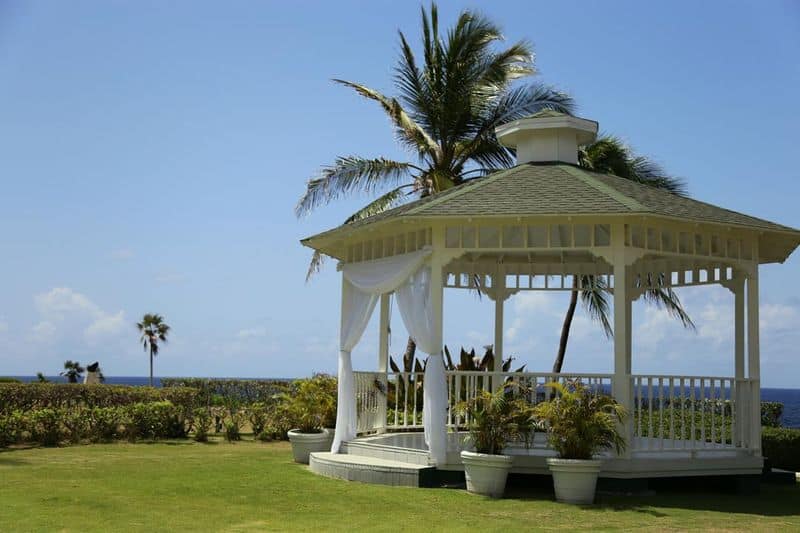
Historically, pergolas date back to ancient Egypt and Rome, symbolizing opulence.
Gazebos, found in Asian and Victorian gardens, reflect leisure and elegance.
Each structure carries cultural significance, which might influence your choice, enhancing your garden with a touch of history and tradition.

